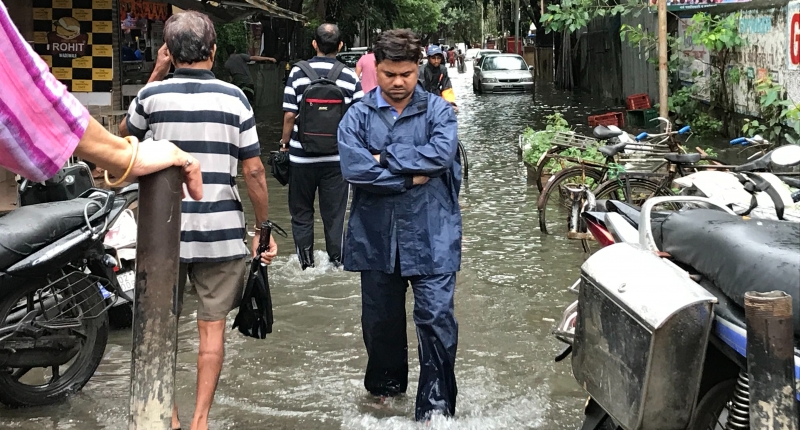Vicious Cycle: Increasing Populations, Changing Climate, Degrading Ecosystem

Both population growth and climate change put a strain on natural resources and degrade their ability to provide ecosystem services. In places with growing populations and changing climates, people could be in trouble.
In a recent PLoS One paper, former NCEAS resident scientist Juliann Aukema and co-authors examined changes in wet season precipitation and population over the past 30 years. Trends identified areas where key ecosystems are threatened by the combined effects of climate change and population growth, and therefore where human populations are most vulnerable to degraded ecosystem services.
“It seems to be a vicious cycle. Growing populations require more resources. But that demand can degrade the natural ecosystems that people depend on. Deforestation and ecosystem degradation are some of the causes of climate change, and climate change may further stress ecosystems and decrease their ability to provide what people need.”
The researchers found that in the majority of populated land area, about one-fifth has experienced significant changes in wet season precipitation. In many of these biologically diverse regions, the populations are soaring while rainfall is declining and the land is getting drier.
Additionally, 40% of rangelands and 30% of rain-fed agricultural lands have seen significant changes in precipitation, which has important implications for food security.
Identifying areas where people are at risk because of changes like these can help target activities and resources that promote biodiversity and ecosystem services, and make life better for the people who live there.
---
Biodiversity areas under threat: Overlap of climate change and population pressures on the world's biodiversity priorities
Aukema, J.E., Pricope, N.G., Husak, G.J., Lopez-Carr, D.
PLoS One, 26 January 2017, doi: 10.1371/journal.pone.0170615
